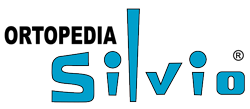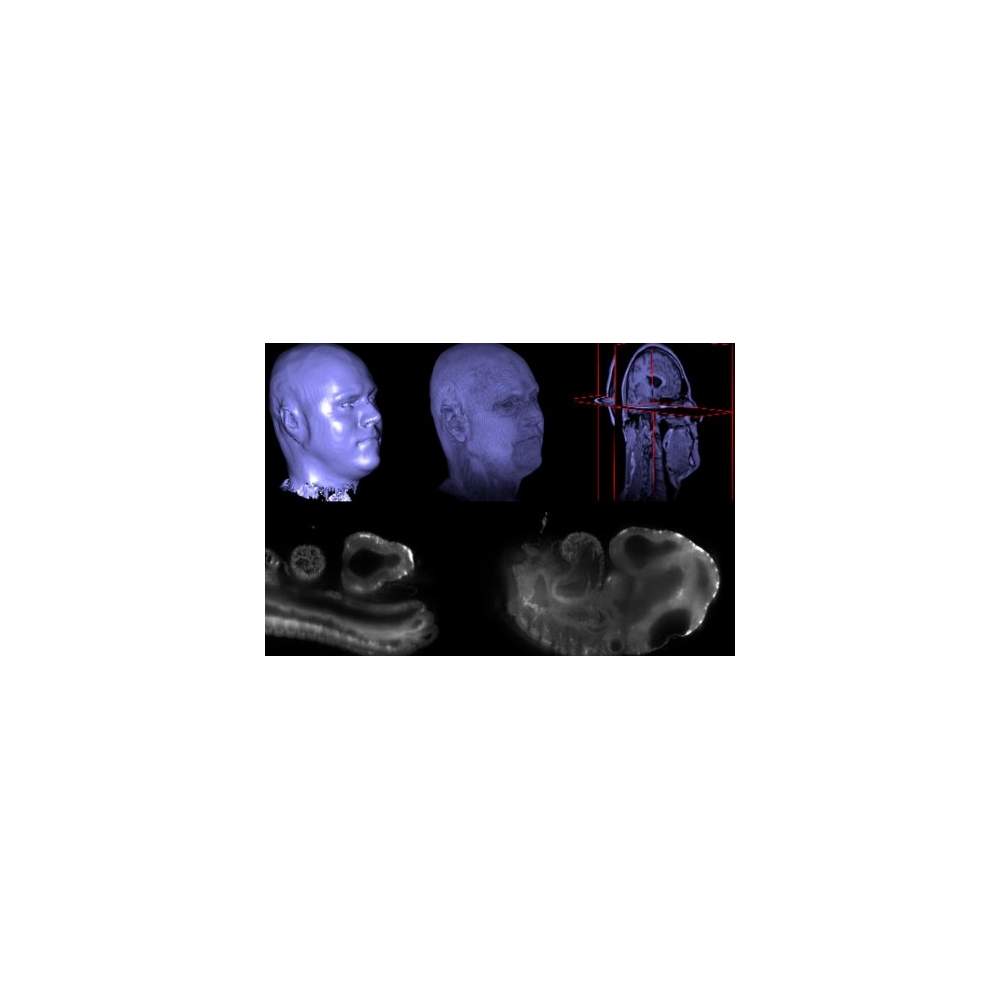A 'WIKIPEDIA' FOR BIOMEDICAL IMAGES
A 'Wikipedia' for biomedical images
A group of researchers, including Ignacio Arganda, a postdoctoral researcher in the Computational Neuroscience Laboratory at the Massachusetts Institute of Technology (MIT) have launchedFiji, A platform that allowsshare applications to improve and advance the processing and analysis of biomedical images. "This open source," said Arganda.
The platform has been built on the foundations of an earlier, calledImageJ, Well known in the industry at the time and was not open source but public domain. According Arganda, had the advantage that any person working in medical imaging could be done very easilypieces of software to solve their own problemsand putting them on the platform with a system called plug-in (an application that relates to another to bring you new and specific function).
However, he adds, this platform became too chaotic with all kinds of applications, not just biomedical imaging. Also began to be used to treat astronomy images in video tracking, etc.. "There was a very large uncontrolled and lack of structure," he says.
Therefore, this group of researchers, "without the support of anyone and spontaneously"Decided to create a new open source platform to put order into what already existed and re-used what was interesting and useful for their work.
"Wewikipedia orderly type a website in which people could contribute and use their knowledgeto help others. To our surprise, it has become very popular, "he says. According Ignacio Arganda, Fiji currently has 127,000 unique visits (20,000 new each month).
A reference
"Users give great quality to this platform with their contributions and that is a major impetus for more people share their code freely. Therefore Fiji become a de facto standard in the field of biomedical imaging "emphasizes Arganda
"This was our goal because most of us involved in this project had worked for years in the field of medical imaging and we were too often with articles thatreference was made to a fantastic method to process images, but ultimately could not see if it was true or not because the technique was associated with a program that was not provided and some images that were not accessible ".
There are currentlyabout 20 developers distributed around the world working to improve the platform and do it for free. "All are scientists who have their own project but that develop on this platform because it is more convenient and consider it more interesting," says Arganda.
In this investigator contacted the promoters of Fiji for his doctoral thesis. "I worked on a project to study mammary gland development and breast cancer in mice and had a few tissue sections. Began to develop a program for elastic alignment of images forallow 3D reconstruction. I was interested and called to collaborate in the platform. "
This is an example of how things are in Fiji, says. Arganda now works in machine learning systems stoprecognize edges in images neuronselectron microscopy in the Computational Neuroscience Laboratory at MIT. The applications have been developed on the platform dump also.
Success with companies
The researcher believes that the success of Fiji is also changing the way companies operate biomedical imaging sector, both large firms and laboratories microscopy. "These companies recognize this platform asa standard of high qualityand know they have two options: either compete or collaborate with Fiji. You can make your own plug-in to work on the platform and keep them and then if it's something very specific, can be sold to users. "
"Me for example a company microscopy contacted me because they were using my elastic alignment program images tocorrect deformations in their microscopes. I asked a specific version of the program but was a development made during my thesis, so I could not easily sell. In the end we agreed that it could be used with the sole condition that if they made any improvements would have to inform me so that I could include it as open source and upload it to the platform. "
Ignacio Arganda explains that, like him, there are other researchers who have also had contact with companies that have hired them as consultants for days to keep the code they needed to develop their products.
"The platform gives you great visibility she says. A offered me the post-doc at Stanford University and at MIT because they had access to my elastic alignment code and knew what he was capable," he concludes.
Mapping the neural connections
Ignacio Arganda is doing his postdoc in Computational Neuroscience Laboratory at MIT, led by Sebastian Seung media, one of the leaders ofConnectome Project. This initiative aims to have a map of all the brain's neural connections from an application 'on line' calleyewire.orgopen to public participation.
Arganda is concerned with developingartificial intelligence programs that automatically recognize the outline of neuronsand then be able to rebuild the wiring in these brain areas.

